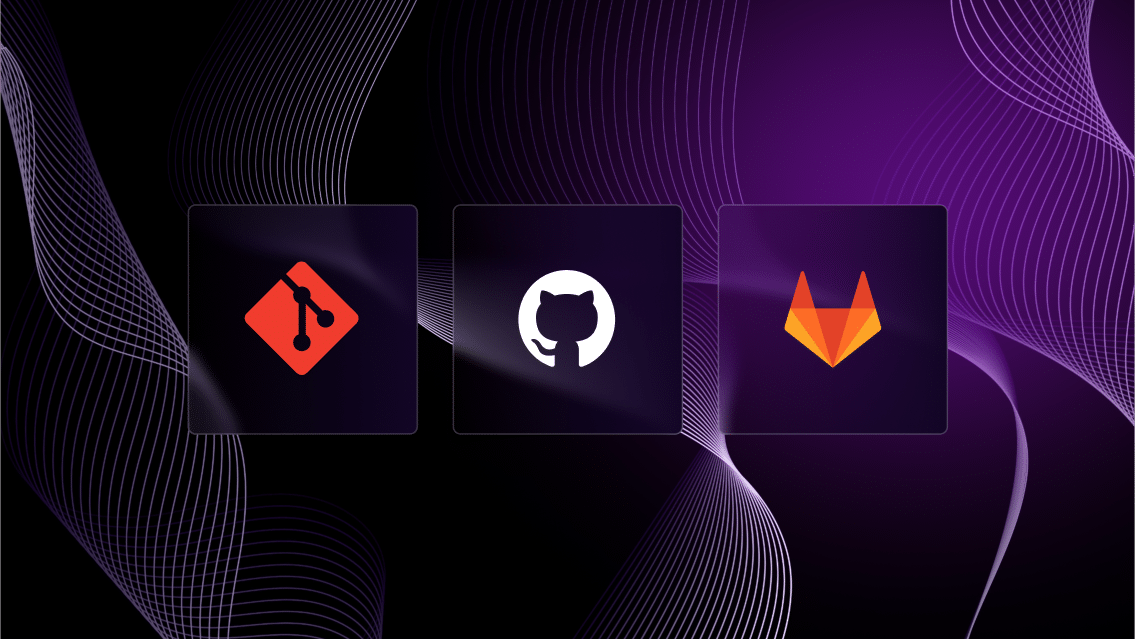Enhance Application Performance with Automated Day-2 Operations
Quali Torque defines and executes Day-2 actions on live application environments automatically based on your custom triggers.
Let’s Make Day-2 Operations
Easier & More Effective
Eliminate the manual tasks required to execute critical Day-2 actions needed to improve performance, stability, and security.

Event-Based Actions
Initiate the execution of actions on your application infrastructure and environments in response to specific events.

Recurring Actions
Schedule recurring actions on your application environments to ensure critical processes are executed reliably and consistently.

One-Click Actions
Enable your teams to execute ad-hoc actions on your application environments in just a few simple clicks.
See How Quali Torque Automates Day-2 Operations
AI Environment Orchestration
Quali Torque connects to your repositories and enables you to submit natural-language AI prompts to automatically orchestrate your Infrastructure as Code and other application resources into reusable Environment as Code templates.
Environments as Code
Launch, monitor, and maintain your Environment as Code continuously via Quali Torque’s native UI and integrations with GitOps tools.
Define Day-2 Actions
Create a reusable definition for the action needed to maintain performance, reliability, or security and compliance for your application environment that your teams can initiate in the click of a button.
Set Automation Triggers
Choose to trigger your automated Day-2 Actions based on custom events (such as the state of a resource or environment) or on a recurring basis to ensure the action is carried out exactly when it’s needed.
Track All Actions
Review the history of all actions executed via Quali Torque to understand how they performed, the impact they may have had on your environment, and the users responsible for creating and executed them.
Visit the Torque Playground to Try it For Free
With no email or credit card required, you can build & launch real cloud environments from IaC.
Frequently Asked Questions
Torque is a platform engineering tool that creates reusable Environment as Code templates for our user’s unique application environments, such as staging, testing, demo, and production environments.
These templates are referred to as Blueprints in the platform. A Blueprint defines all the infrastructure, services, parameters for that infrastructure, and dependencies between all resources needed to generate an environment. Torque creates these Blueprints by discovering the resource configurations in the user’s repositories, normalizing them in the platform so they can be used interchangeably, and automatically orchestrating those resources into the Environment as Code blueprint in response to user-submitted AI prompts.
To automate Day-2 operations, Torque Workflows allow the user to create a similar definition for the code to execute an action that needs to be performed on an application environment or the resources within them. The Workflow allows users to perform the action it defines repeatedly by simply executing the code defined within it.
Users with administrator-level permissions can configure a Workflow to run automatically in response to custom events–say, for example, the state of a resource configuration or environment–and based on a recurring schedule. Torque also allows users to execute Workflows on an ad-hoc basis with a single click.
This eliminates the manual tasks required to perform Day-2 operations while providing the automation to ensure they’re executed when needed.
To help users get started, Torque comes with a number of out-of-the-box Workflows to automate basic actions, such as power-on/power-off/restart for cloud-based VMs, start/stop/delete database servers, and pause/resume Kubernetes clusters. You can review the full list of out-of-the-box Torque Workflows here.
Many of our users also leverage Workflows for more advanced use cases, such as extracting a VM’s power state (which can then trigger another action based on that power state), and adding/detaching block storage volumes to cloud-based VMs automatically based on need. Learn more about these example Workflows here.
We have also seen successful examples of data-related actions via Torque Workflows.
And some users have begun using Torque Workflows to automate critical tasks for AI models and Machine Learning applications.
Event-based triggers are a helpful way to automate actions when needed. Some examples include:
- Drift or Updates Detected: If resource configurations in an environment have drifted from their intended state, or were otherwise updated.
- Approval Request Approved/Denied/Cancelled: Torque allows admins to require approvals for specific actions (learn more about cloud governance here). Workflows can automate an action in response to the approval, denial, or cancellation of an approval request.
- Environment Ending Failed/Environment Idle: Torque helps to eliminate wasted cloud costs with automation to ensure cloud resources do not run when they are not needed. Workflows can automate this action.
Learn more about event-based triggers here.
Torque provides a full view of all Workflows executed via the platform, including fields such as Status (e.g. Successful or Failed), Resource (e.g. which resource or environment was affected), and Owner (which user was responsible for that Workflow’s execution).
Users can drill down into a specific Workflow execution to learn more and investigate failures.
To learn more, watch this brief demo.
Still have questions? Our team is here to help
Book a demo to learn more about how Quali Torque automates Day-2 operations



